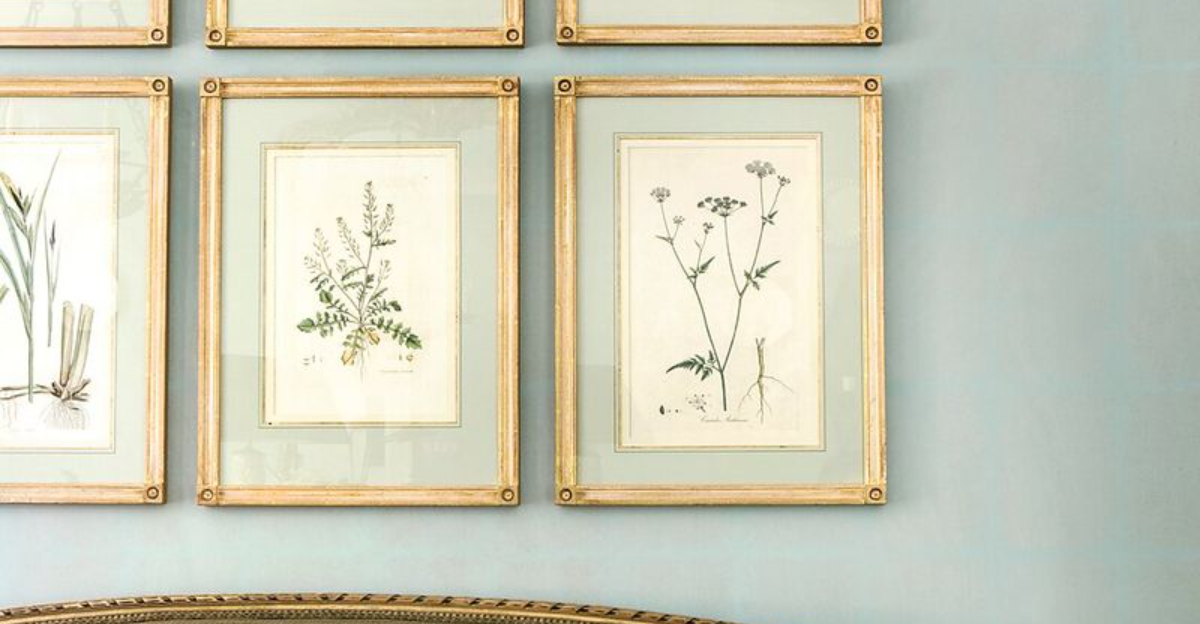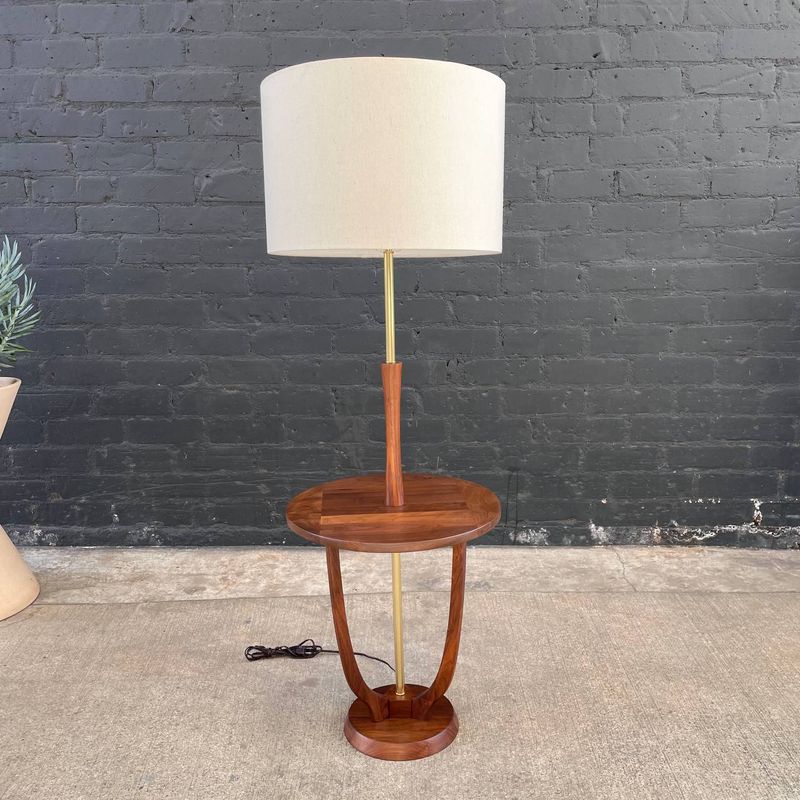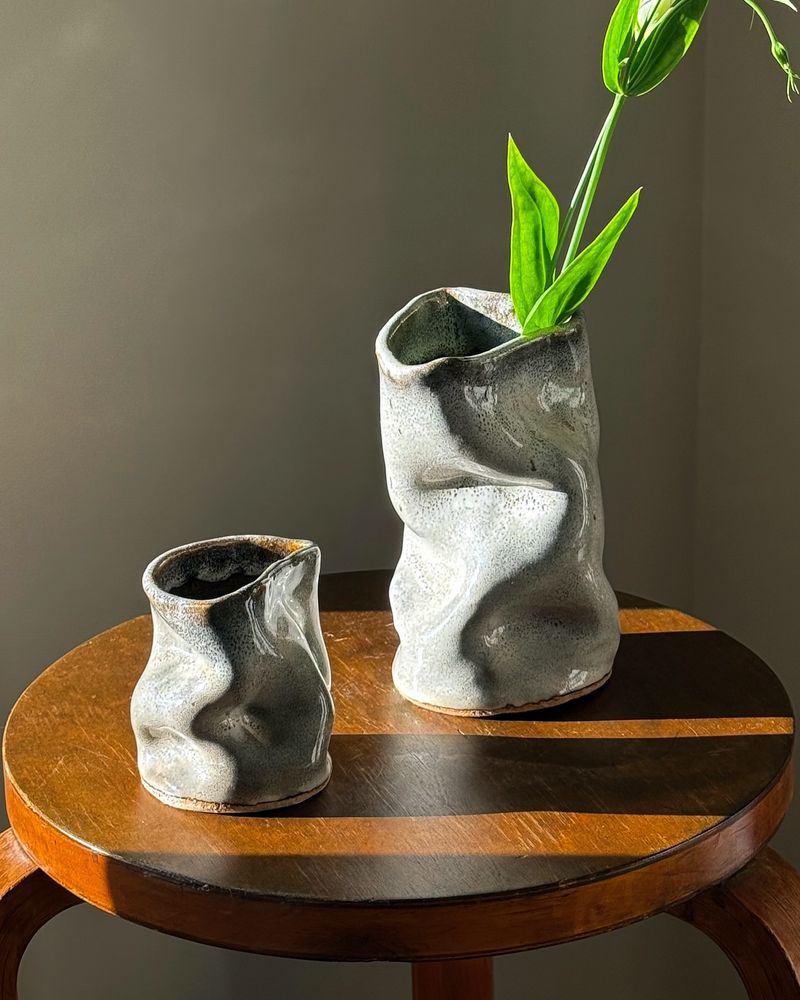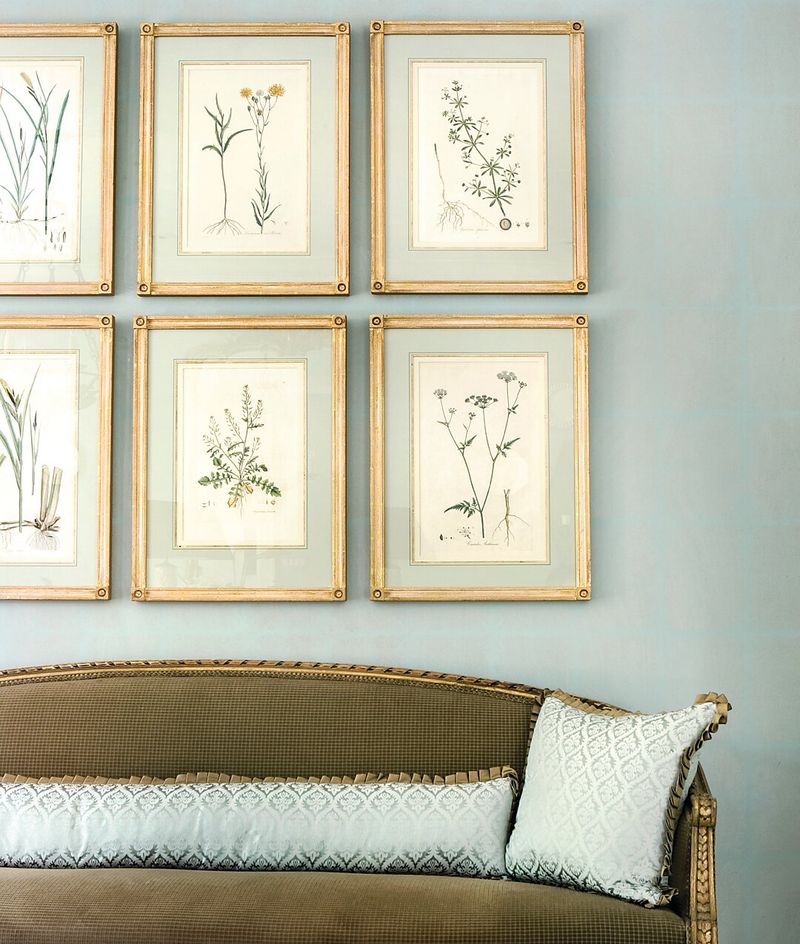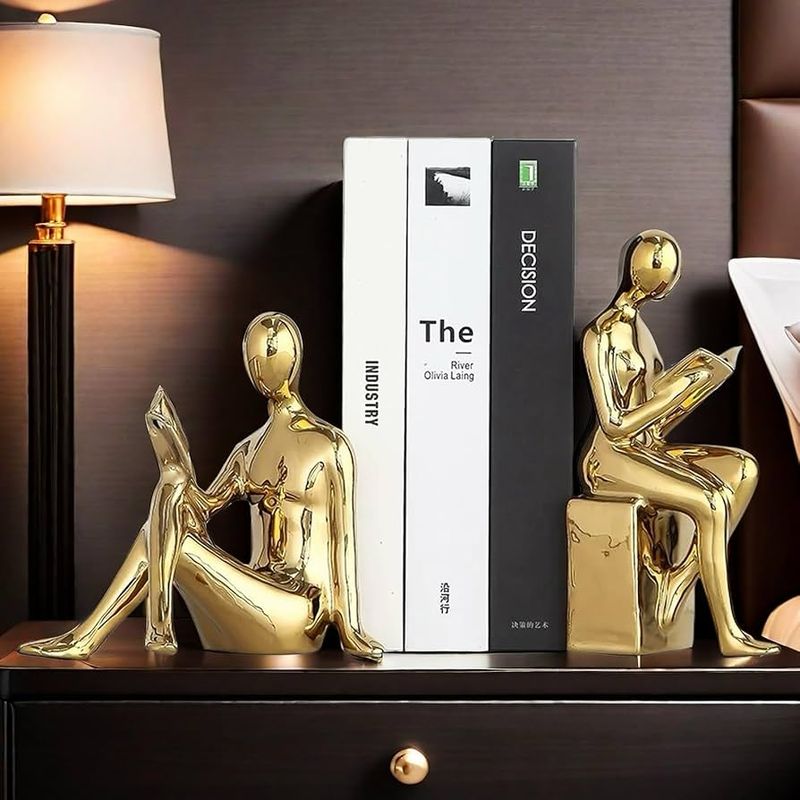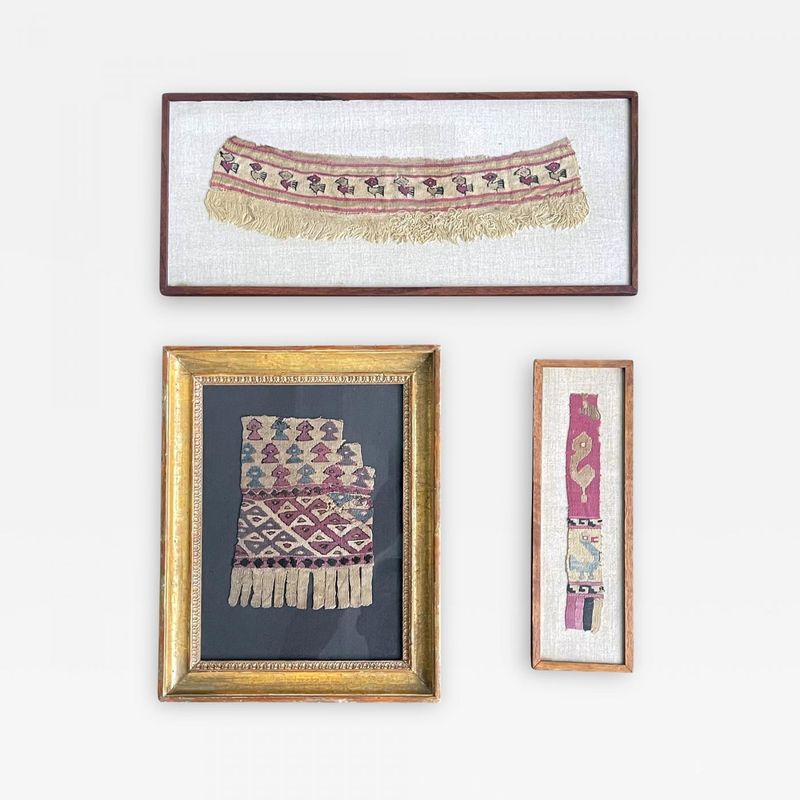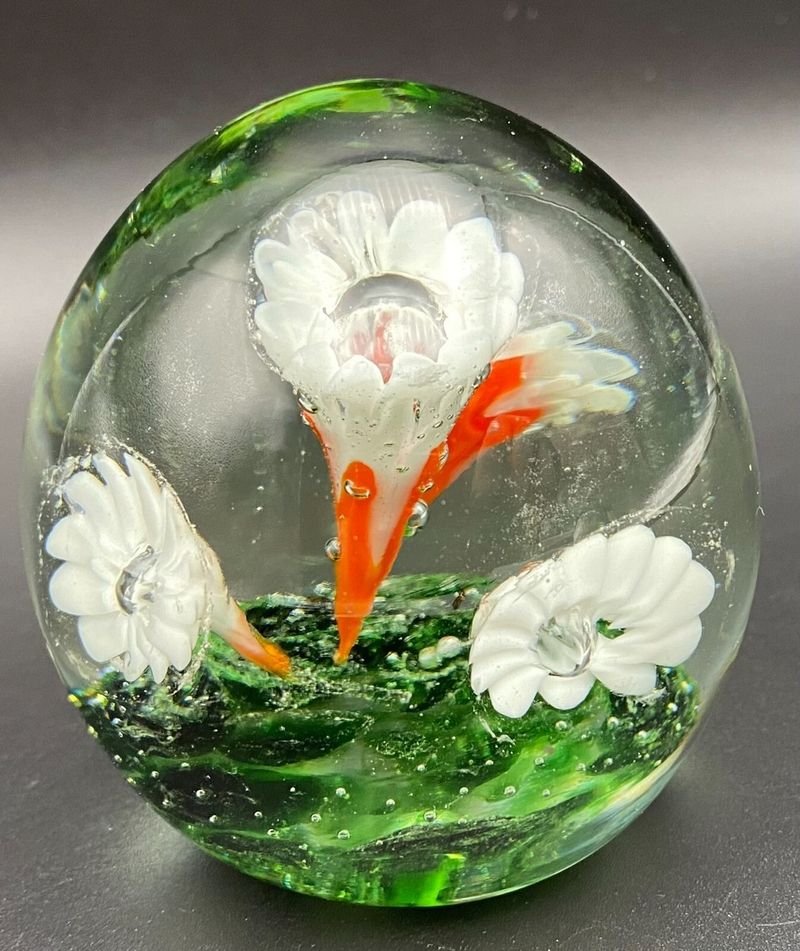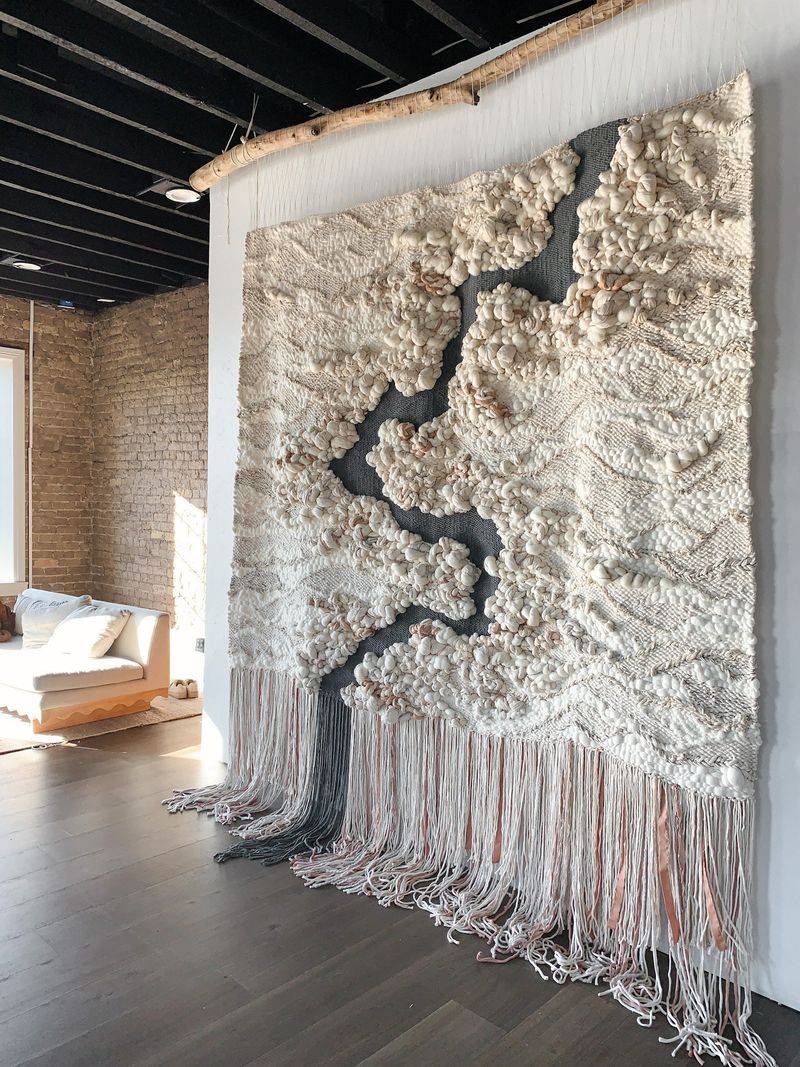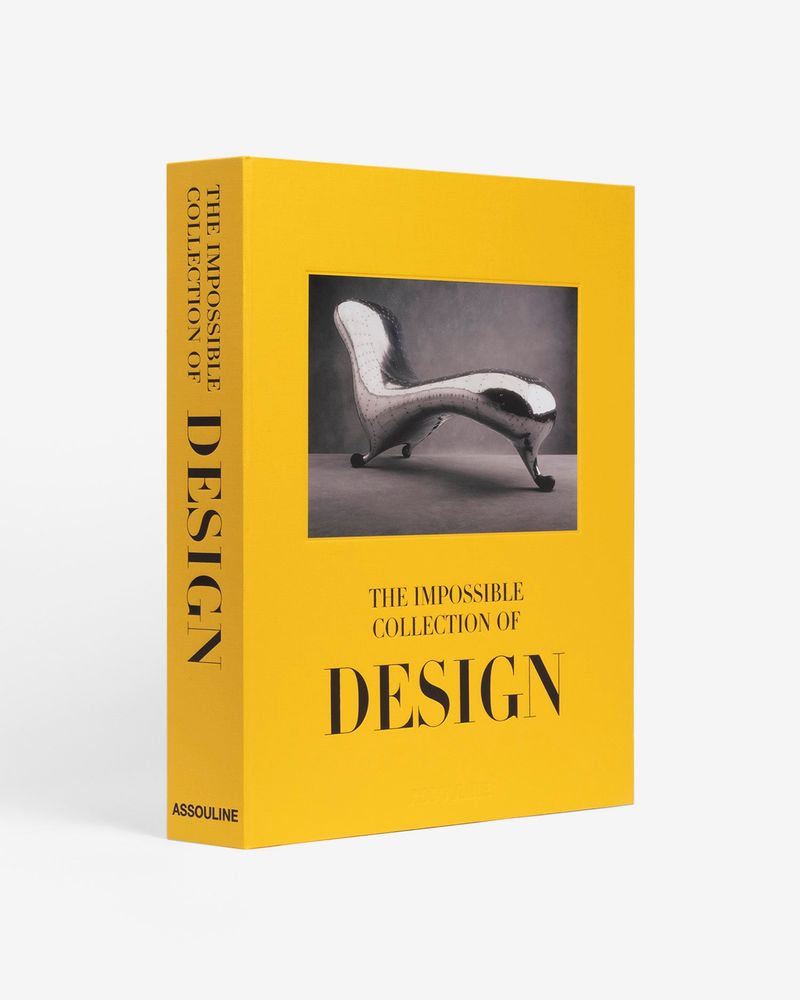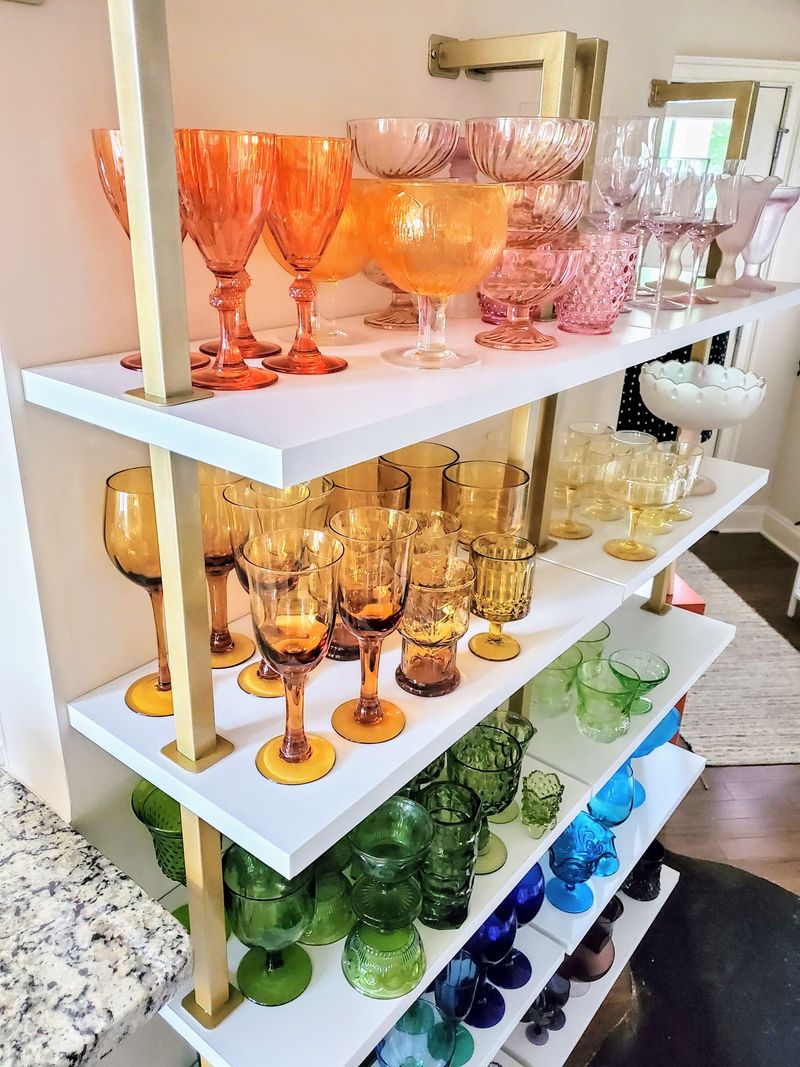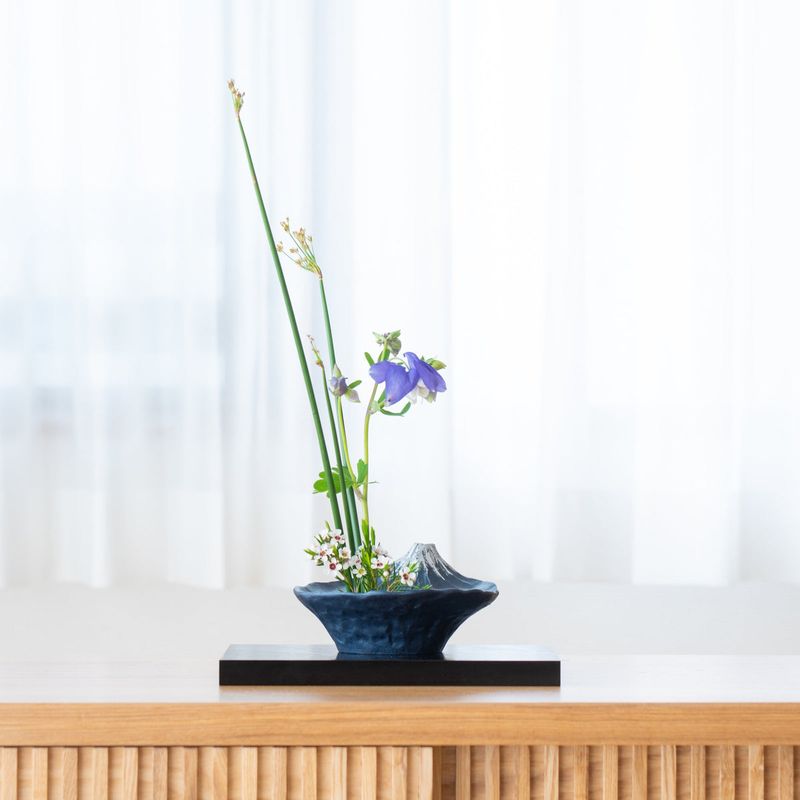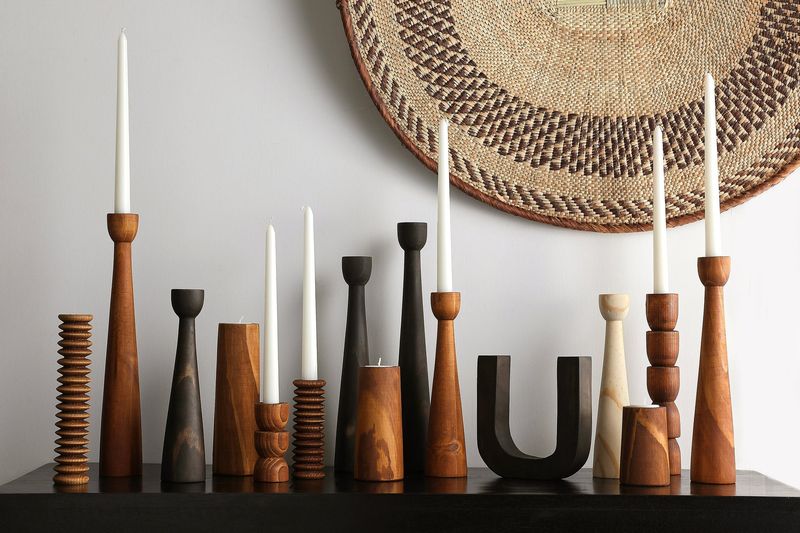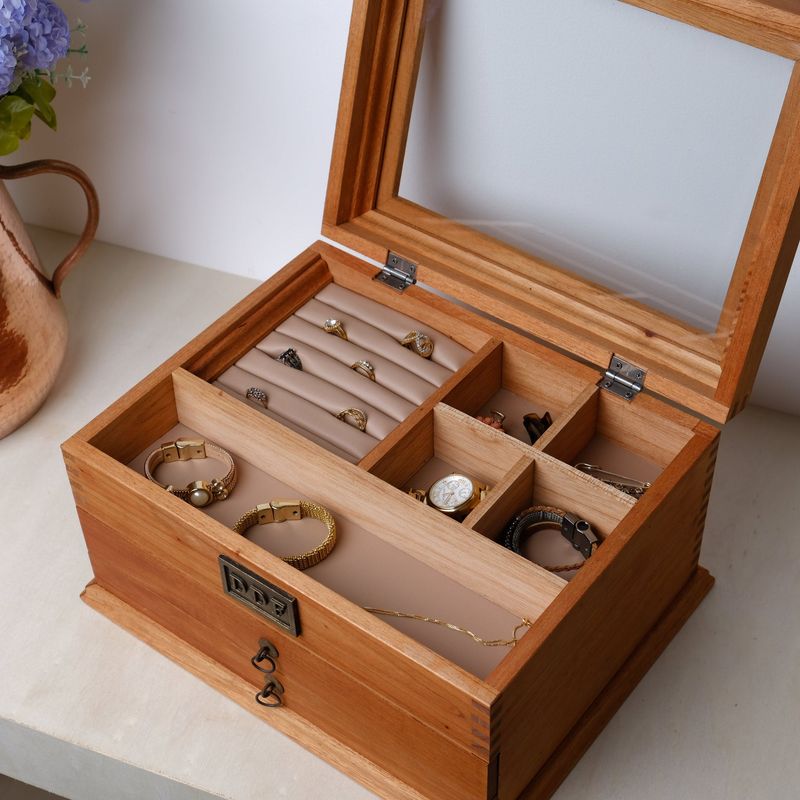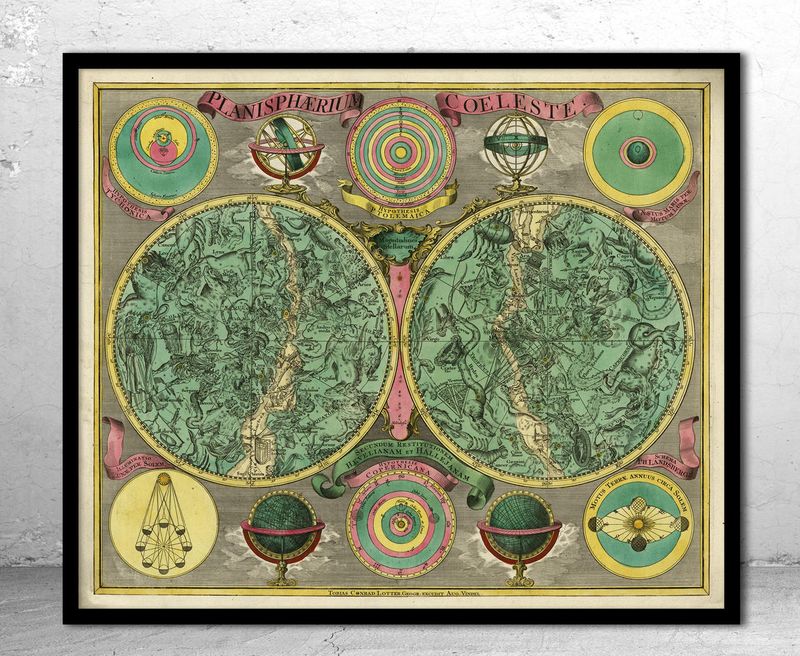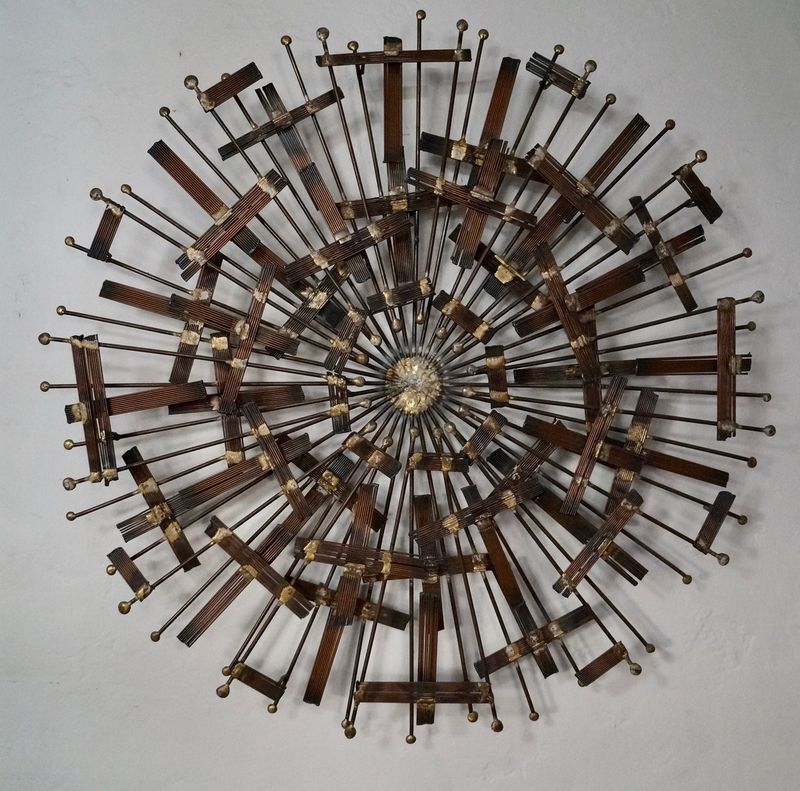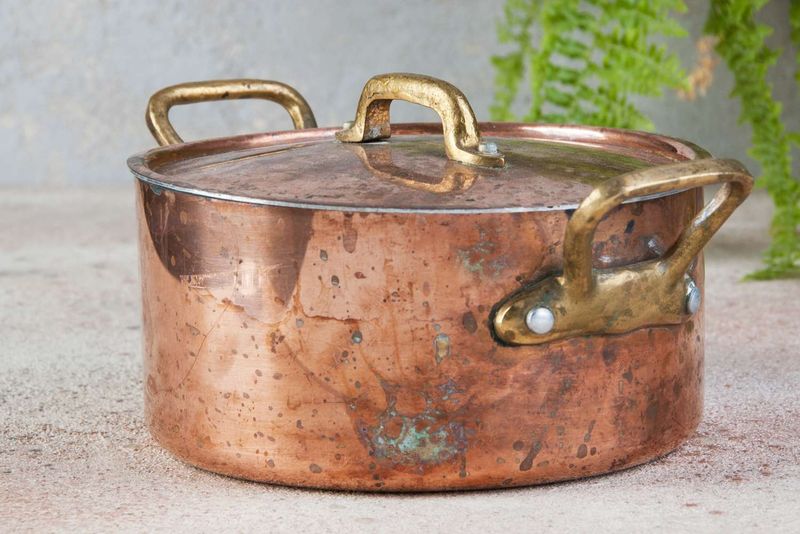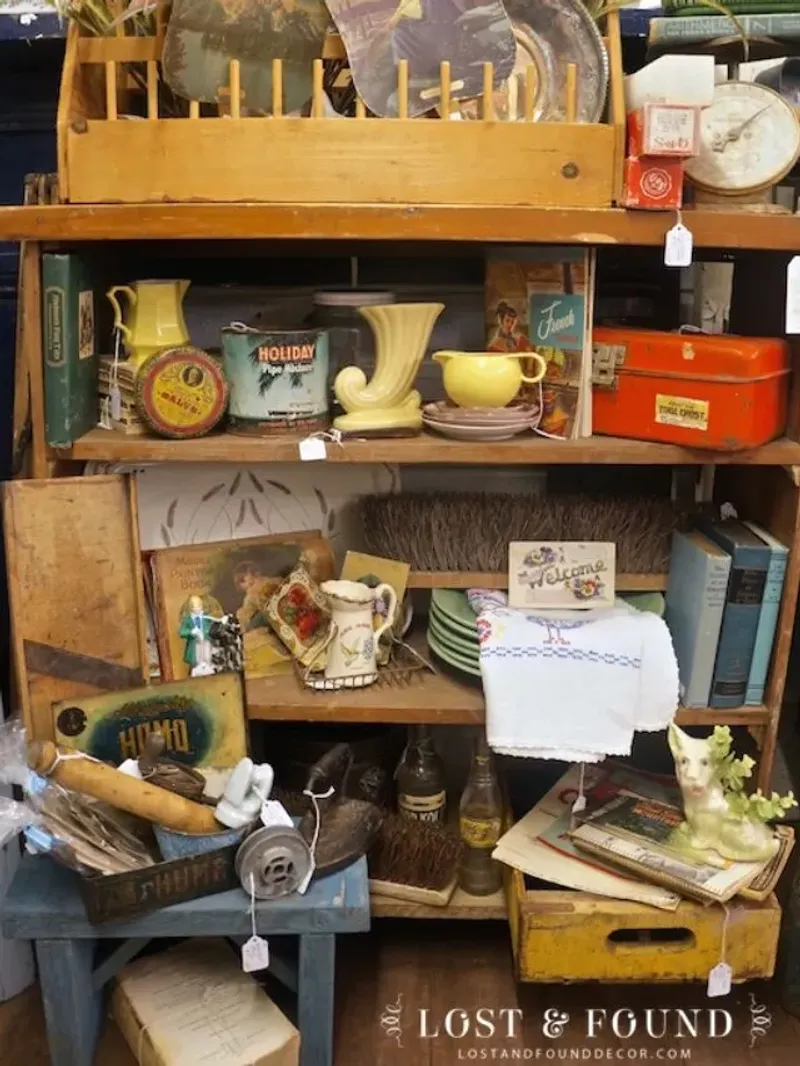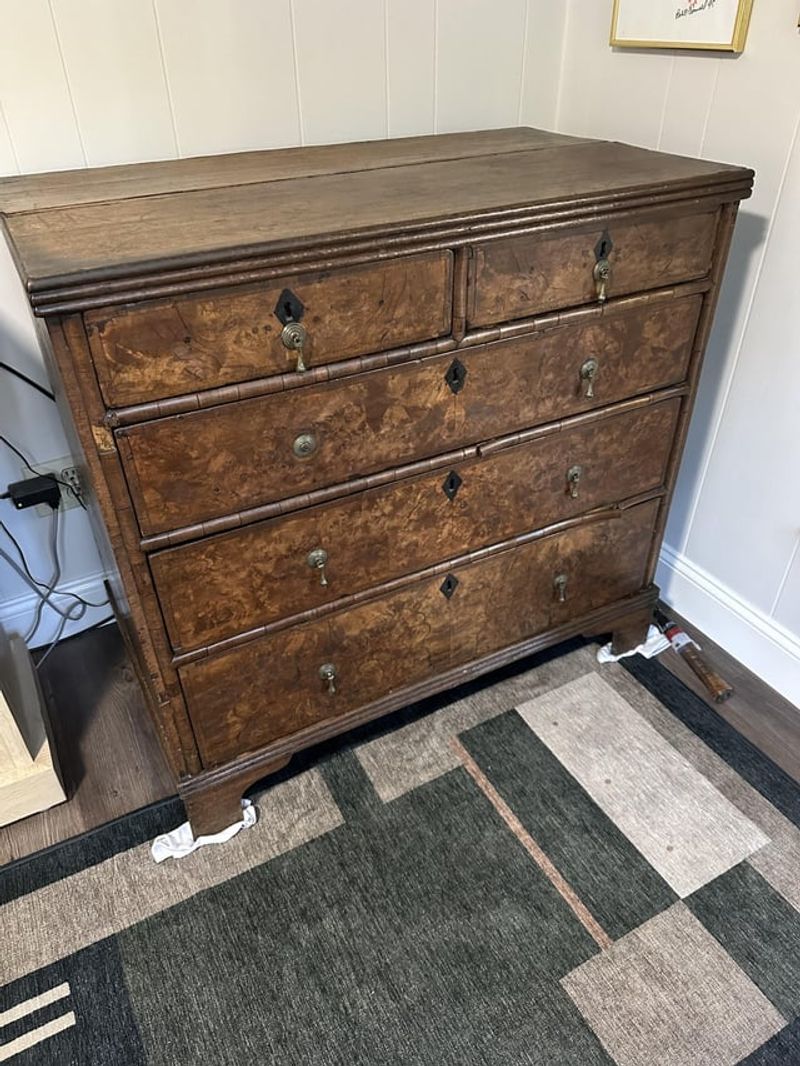The world of collecting is always shifting, and this year’s hottest items might surprise you. From nostalgic pop culture pieces to unexpected household relics, collectors are on the hunt for treasures that blend sentimentality with rising value.
Whether you’re a seasoned picker or just starting to explore vintage finds, knowing what’s trending can give you a serious edge.
In this guide, I’ll uncover 15 collector’s items that are turning heads in 2025 – and share 5 smart tips to help you score vintage gems without getting burned. Ready to start treasure hunting like a pro? Let’s dive in.
1. Mid-Century Modern Lamps
Illuminating rooms with both light and history, these iconic lamps from the 1950s and 60s have become the darlings of interior designers everywhere. Their clean lines and organic shapes bring warmth and character to contemporary spaces.
Originals by designers like Serge Mouille and George Nelson can fetch thousands at auction, but quality reproductions offer the same aesthetic appeal at friendlier prices. The combination of brass, wood, and uniquely shaped shades creates instant visual interest in any room.
2. Handcrafted Ceramic Vessels
What once served purely functional purposes has evolved into an art form that collectors can’t get enough of. Artisanal ceramic pieces with unique glazes and organic shapes are commanding attention in the collector’s market.
Each vessel tells the story of its maker through distinctive textures, unexpected color combinations, and one-of-a-kind imperfections. Many collectors display these pieces empty, allowing their sculptural qualities to shine, while others use them as unexpected vases or catchalls.
3. Vintage Botanical Prints
Centuries-old illustrations are making a major comeback in contemporary homes. These detailed renderings of plants and flowers bring a touch of scientific history and natural beauty to walls that have grown tired of mass-produced art.
The most coveted prints come from 18th and 19th-century botanical encyclopedias and natural history books. When framed in simple black or gold frames, these delicate illustrations create an elegant focal point. Collectors particularly prize complete series of related plants or those with hand-colored details.
4. Sculptural Bookends
Gone are the days when bookends were merely functional items hidden behind rows of books. Today’s collectors are snapping up artistic bookends that double as sculptures and conversation pieces.
From abstract geometric forms in marble and brass to figurative designs inspired by architecture and nature, these practical art objects elevate any bookshelf. The most sought-after pieces come from small-batch designers who combine unexpected materials like cast concrete with precious metals or hand-carved wood with polished stone.
5. Antique Textile Fragments
Fabric lovers are hunting down remnants of history in the form of antique textile fragments. These small but mighty pieces from tapestries, rugs, and ceremonial garments pack a powerful design punch when properly displayed.
Framed behind glass or mounted on linen, these textiles showcase intricate handwork from cultures around the world. Collectors particularly value fragments featuring natural dyes, metallic threads, or cultural symbolism.
Even modest-sized pieces can become striking wall art that adds texture and global perspective to modern interiors.
6. Artisanal Glass Paperweights
Tiny universes captured in glass are captivating collectors who appreciate both craftsmanship and whimsy. Modern artisanal paperweights have evolved far beyond their utilitarian origins to become miniature sculptures worthy of display.
Inside these solid glass orbs, you’ll find everything from delicate flower arrangements to cosmic-inspired swirls of color. Master glassblowers create these pieces using techniques that date back centuries, often requiring years of practice to perfect.
7. Handwoven Wall Hangings
Fiber artists are creating textural masterpieces that collectors are racing to acquire before prices climb even higher. These contemporary takes on traditional weaving techniques bring dimension and warmth to walls that painted art simply cannot match.
Using natural fibers like wool, cotton, and silk alongside unexpected materials such as copper wire or wooden beads, today’s weavers create pieces that honor ancient traditions while feeling thoroughly modern.
Many collectors are drawn to the sustainable aspects of these handmade works, which often incorporate naturally dyed or reclaimed materials.
8. Limited Edition Art Books
Bibliophiles with an eye for design are building collections of sumptuously produced art books that serve double duty as coffee table decor. These limited-edition volumes often feature special bindings, slipcovers, or artist signatures that elevate them from mere references to collectible objects.
Publishers like Taschen, Assouline, and Phaidon release special collector’s editions that quickly sell out and appreciate in value. Smart collectors display these books in rotating arrangements, allowing covers to function as temporary art installations while keeping the contents accessible for leisurely browsing.
9. Vintage Barware Collections
Cocktail culture has sparked renewed interest in the glamorous drinking vessels of bygone eras. From Art Deco cocktail shakers to mid-century highball glasses, vintage barware adds sophistication to home entertaining spaces.
Serious collectors focus on specific periods or materials, such as 1950s atomic-patterned glassware or sterling silver julep cups from the early 20th century. The most prized pieces combine historical significance with visual appeal and functionality.
10. Japanese Ikebana Vessels
Ancient traditions meet minimalist design sensibilities in these specialized containers for Japanese flower arranging. Unlike standard vases, ikebana vessels are engineered to hold sparse, intentional arrangements that emphasize negative space and natural forms.
Collectors seek out both antique examples from Japanese kilns and contemporary interpretations by ceramic artists. The most desirable pieces feature unusual shapes, specialized flower-holding mechanisms, or historically significant glazes.
Even when not in use, these vessels stand as sculptural objects that embody the Japanese aesthetic principles of simplicity and harmony.
11. Designer Candlesticks
Casting dramatic shadows across dining tables and mantels, sculptural candlesticks by notable designers have become the new must-have tabletop accessory. Far from traditional silver or brass holders, today’s collectible candlesticks push the boundaries of form and function.
Materials ranging from hand-blown glass to cast bronze create striking silhouettes even without candles in place. Collectors particularly value signed pieces from design houses like Svenskt Tenn or limited editions by independent craftspeople.
12. Handcrafted Wooden Boxes
Skilled woodworkers are creating small-batch boxes that collectors are eagerly adding to their homes. These aren’t ordinary storage containers but rather miniature showcases of exceptional craftsmanship featuring rare woods, intricate joinery, and sometimes secret compartments.
Japanese and Scandinavian-influenced designs lead the trend, with their emphasis on revealing the natural beauty of wood grain. Many collectors appreciate the tactile pleasure these boxes provide – the smooth operation of a perfectly fitted lid or the subtle scent of cedar or walnut.
13. Vintage Astronomical Maps
Stargazers and design enthusiasts alike are reaching for the stars with vintage celestial charts that bring cosmic wonder to interior walls. These maps from the 18th and 19th centuries blend scientific accuracy with artistic beauty in a way modern reproductions simply cannot match.
The most desirable examples feature hand-colored constellations, zodiac symbols, or planetary movements rendered with the exquisite detail characteristic of pre-digital illustration.
When properly framed and preserved, these fragile paper treasures become dramatic focal points. Many collectors hunt for matching sets representing different hemispheres or seasonal sky views.
14. Studio Pottery Lamps
Unique lighting makes all the difference in creating atmosphere, which explains why collectors are investing in one-of-a-kind ceramic lamp bases made by studio potters. Unlike mass-produced options, these handcrafted pieces bring artistic integrity and tactile interest to everyday objects.
The organic forms and experimental glazes characteristic of studio pottery create dramatic shadows and light patterns when illuminated. Collectors particularly value signed works by established ceramicists or pieces from notable pottery communities.
15. Modernist Wall Sculptures
Breaking free from the constraints of traditional framed art, three-dimensional wall sculptures are commanding attention in collecting circles. These architectural pieces create dramatic shadows and transform flat walls into dynamic visual experiences.
Materials range from hammered metals and carved wood to innovative composites and recycled elements. The most sought-after works walk the line between abstraction and representation, suggesting natural forms or architectural elements without being literal.
1. Inspect for Hidden Insects Before Purchase
Termites, woodworms, and carpet beetles love making homes in vintage furniture. Before bringing that beautiful old dresser home, carefully check all wooden joints, corners, and undersides for tiny holes or sawdust-like material.
Shine a flashlight into cracks and tap wooden areas gently – hollow sounds might indicate insect damage inside. Fabric items need extra attention too – look for moth holes or strange stains that might be bug droppings.
2. Learn the Art of Rust Appreciation
Contrary to popular belief, rust isn’t always the enemy! Some vintage metal items gain character and value from their patina. The trick is knowing which rust patterns add charm versus which indicate structural problems.
Surface rust on industrial pieces like factory carts or metal signs often commands premium prices. Collectors call this ‘honest wear’ – evidence of authentic age and use. However, deep flaking rust or compromised joints spell trouble.
Try the magnet test: if a magnet sticks weakly to a formerly magnetic metal, excessive rust might have eaten away too much material. Remember that some rust can be stabilized with proper treatments without destroying that coveted vintage look.
3. Decode Secret Dealer Markings
Ever noticed chalk marks, colored stickers, or cryptic symbols on the bottom of vintage items at markets? These aren’t random – they’re dealer codes! Smart buyers learn to crack this secret language to gain negotiating power.
White chalk numbers often indicate the dealer’s cost, while colored dots might show how long an item has been in inventory. Some dealers use simple codes like ‘DI8’ meaning ‘discount 80%’ if asked. Seeing multiple crossed-out prices suggests room for haggling.
4. Sniff Test Everything (Seriously!)
Your nose might be your most valuable tool when hunting for vintage treasures. Certain smells can reveal hidden problems that eyes miss – musty odors often indicate water damage or mold that could be lurking inside upholstery or wooden frames.
The distinct smell of mothballs suggests the piece was properly stored, while a chemical smell might indicate recent refinishing that could affect value. Old plastic items with a vinegar-like smell are experiencing ‘off-gassing’ and may be deteriorating from the inside.
One particularly useful trick: warm an area with your hand then smell it – heat releases trapped odors that might otherwise go undetected. Just don’t get caught sniffing everything too obviously – dealers might raise prices if they think you’re extremely interested!
5. Befriend Retired Plumbers for Bathroom Treasures
Vintage bathroom fixtures are making a massive comeback, but finding working pieces can be nearly impossible. The secret weapon? Retired plumbers! These professionals often have garages full of discontinued parts and knowledge about adapting old fixtures to modern plumbing.
Claw-foot tubs, brass faucets with porcelain handles, and pull-chain toilets require specialized knowledge to install and maintain. A good relationship with someone who understands both old and new systems can save thousands in renovation costs.

